
All categories
Featured selections
Trade Assurance
Buyer Central
Help Center
Get the app
Become a supplier

(4889 products available)


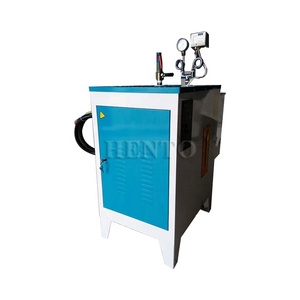


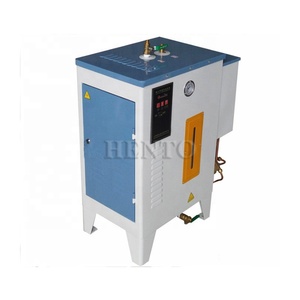
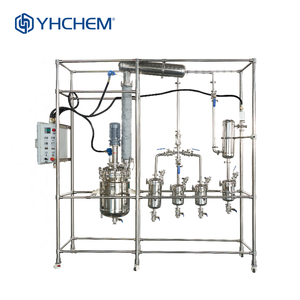



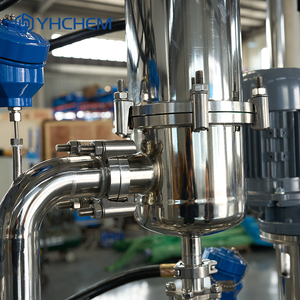
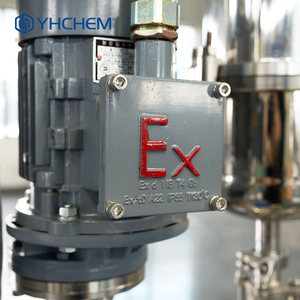

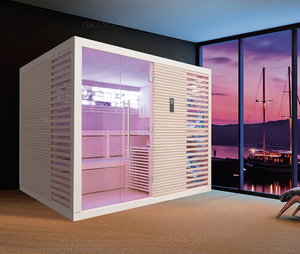

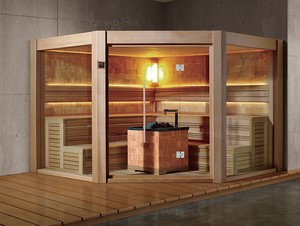


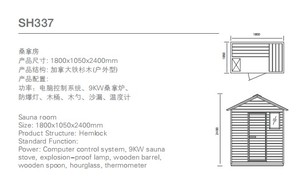

Market Overview: The energy saving steam generator market has experienced a noteworthy trajectory, particularly in the Asia-Pacific region, which has emerged as a leader with the largest market share. This region's growth is driven by a surge in power demand and significant investments in thermal facilities, including major projects in China and India, according to Research and Markets. The global steam turbine market, closely linked to energy saving steam generators, was valued at approximately $12 billion in 2023 and is projected to grow at a compound annual growth rate (CAGR) of 5.2% through 2032. This growth highlights the increasing emphasis on efficient energy solutions amid rising electricity needs, particularly in emerging economies.
Industry Insights: The competitive landscape of energy saving steam generators is marked by significant investments in research and development by key players. Companies such as General Electric and Siemens Energy are actively expanding their product lines and adopting strategic initiatives, including partnerships and local production, to enhance their market presence. Consumer behavior is also shifting towards more sustainable options, with businesses seeking cost-effective and environmentally friendly solutions. Market trends indicate a growing preference for energy saving steam generators due to their efficiency in reducing operational costs and carbon footprints. Additionally, the rise of digital platforms has streamlined the procurement process, enabling customers to access a diverse range of products more conveniently, which is essential as industries adapt to evolving energy demands.
An energy saving steam generator transforms chemical energy into thermal energy through combustion, subsequently converting water into steam by applying heat. Steam generators can be divided into two main categories: industrial or commercial. Gas-powered steam generators are also considered a subtype of steam-generating equipment.
Industrial Energy Saving Steam Generator:
Industrial energy-saving steam generators are typically used in industrial applications, such as manufacturing processes, power generation, and oil refining. They are designed to produce large amounts of steam quickly and efficiently. Industrial energy-saving steam generators often have advanced control systems that optimize fuel consumption and reduce emissions.
Commercial Energy Saving Steam Generator:
Commercial energy-saving steam generators are often used in commercial buildings, schools, hospitals, and hotels. They provide heating, humidification, and other services. Commercial steam generators are typically smaller and more compact than industrial models. They may have features like quick start-up times and variable steam output to meet changing demands.
Gas Energy Saving Steam Generator:
Gas energy-saving steam generators utilize natural gas or propane as their fuel source. They employ advanced combustion technologies to optimize fuel utilization, minimizing waste and emissions. These generators find application in various industries and settings where a reliable and efficient steam supply is required.
The energy-saving steam generators are being used in the industry in the following scenarios:
Textile Industry
In the textile industry, the energy-saving steam generator is used for fabric shrinkage, dyeing, finishing, drying and other links. For example, in the dyeing process, steam is needed to heat the dyeing machine and improve the color fastness; in the drying process, steam can provide heat to dry the textile rapidly.
Food Industry
In the food industry, energy-saving steam generators can be used for sterilization, blanching, baking, cooking, fermentation and other processes. For example, in meat processing factories, energy-saving steam generators can be used for boiler heating to provide steam for food cooking and sterilization to improve food safety.
Rubber and Plastics Industry
In the rubber and plastics industry, energy-saving steam generators can provide steam for the vulcanization of rubber products and the processing of plastic products. For example, in the rubber production process, energy-saving steam generators can be used to supply steam to improve product quality and production efficiency.
Cosmetic production
In the cosmetic industry, energy-saving steam generators can be used for sterilization, heating, humidification and other links. For example, in the cosmetic production process, steam can be used for equipment sterilization to ensure the products' cleanliness and safety.
Hospital and Healthcare
Hospitals and healthcare facilities use steam for equipment sterilization (such as autoclaves), humidification systems, and heating systems. Energy-saving steam generators can provide the required steam while saving energy and reducing operating costs.
Chemical Industry
In the chemical industry, energy-saving steam generators can be used for chemical reactions, distillation, extraction, drying and other processes. For instance, in the chemical reaction process, the generator can be used to heat the reaction kettle to ensure that the chemical reaction occurs at the proper temperature.
Pharmaceutical Industry
In the pharmaceutical industry, energy-saving steam generators can be used for equipment sterilization, reactant heating, humidification and other processes. For example, in the production of pharmaceuticals, steam generators can be used to provide steam for equipment sterilization to meet the requirements of GMP standards.
Food& beverage industry
In the food and beverage industry, energy-saving steam generators can be used for brewing, sterilization, humidification, cooking and other processes. For example, in food processing, steam can be used to provide a high-temperature processing environment to ensure food safety and quality.
When choosing a steam energy saving generator for industrial use, it's important to find a model that possesses the right features to fulfill operational requirements while also saving energy. Here are some factors to consider:
Capacity
Industrial facilities must choose the right steam generator capacity to meet production needs. This can be done by calculating steam requirements, taking into account factors like temperature and pressure needs, the type of process the steam will be used for, and the amount of steam required per hour. Then, match consumption needs with generator capacity. Be aware that selecting a steam generator with a capacity that is too high can lead to energy waste and increased operational costs.
Heat Recovery Systems
Heat recovery systems can improve the energy efficiency of a steam generator by reusing heat from exhaust gases, condensate, or other heat sources within the system. Common heat recovery options include economizers or condensate recovery systems. When selecting a steam generator, consider models equipped with heat recovery systems available.
Burner Efficiency
The efficiency of the burner determines how the fuel is converted into usable energy. Select a steam generator with a high-efficiency burner to ensure optimal fuel utilization. Consider features such as advanced combustion technology and low excess air requirements that minimize unburned fuel.
Controls and Automation
Select a steam generator equipped with advanced control and automation systems. These systems can optimize generator operation by adapting to changes in production demand, minimizing standby time, and reducing steam leakage. In addition, the monitoring function can help identify areas for improvement to further enhance energy efficiency.
Maintenance Requirements
Each steam generator model has different maintenance requirements. When selecting a steam generator, it's important to consider maintenance needs such as the frequency of inspection and cleaning and any special equipment or tools required. Select a steam generator that is easy to maintain and has a robust design. This will help reduce long-term operating costs and ensure effective and reliable energy-saving performance.
Q1. How does energy-saving steam generator work?
A1. Energy-saving steam generators first heat feed water using a heating element until it is hot enough to form steam. The steam is then collected in a steam chamber. Cold feed water is then circulated to the water tank to control the water level and reduce the temperature. Once the water level increases, the process repeated.
Q2. What is the difference between a traditional steam generator and energy-saving steam generators?
A2. The main difference between energy-saving steam generators and traditional generators is the use of energy-efficient technologies such as variable frequency drive to control the power supply that adjusts heating elements, automatic water and drainage control to maintain optimal water levels, and thermal insulation to prevent heat loss.
Q3. What industries use energy-saving steam generators?
A3. Energy-saving steam generators are used in a variety of industrial processes and applications. They are used in the food industry for sterilization, canning, and pasteurization. Textile manufacturing uses steam generators for processes such as drying, sewing, and finishing. Steam generators are used in laundries for the smooth operation of ironing machines. Hospitals use them for sterilizers and autoclaves.